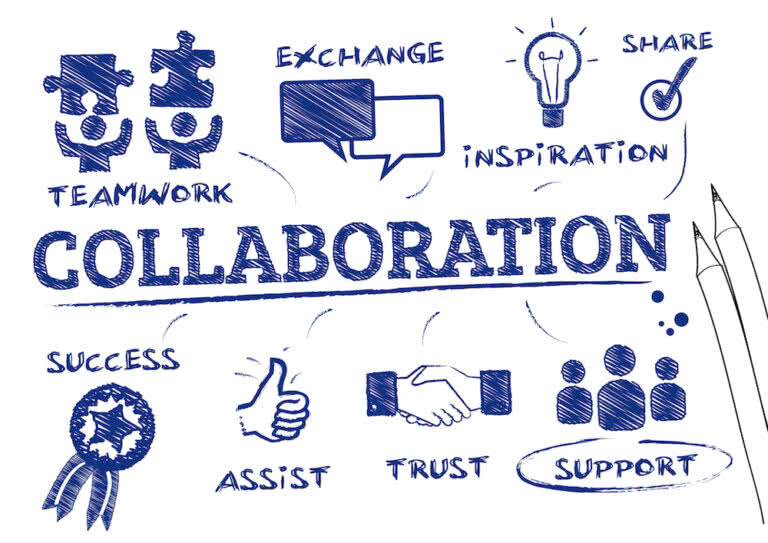As is widely understood, the life of a startup is never easy or plain sailing.
It requires big sacrifices, unyielding nerve, determination to succeed, and – importantly – an idea that is commercially viable, can gain traction and go the distance.
We, ourselves, are a little over 12-months into our own startup journey, yet in reality, having spent 10-months developing the products & services, it only feels like 2-months following our official launch in January 2015.
Here are a few thoughts on how partnerships, community involvement and events have helped us on our journey.
Community Feedback Helps
Success and failure can depend upon so many different variables, and in the current digital age with the ability to self-publish via blogs, LinkedIn Pulse, and countless other platforms, there is an avalanche of advice out there, but it can be somewhat overwhelming!
At times, you simply don’t know which way to turn and how to filter the advice to make best use of your limited time! Being part of a community helps, and incubators such as TechHub in the heart of the thriving London Tech Startup scene – where we have based Eventopedia – can be invaluable.
However, this is no guarantee of success and in the last 12-months alone, we’ve seen many startups come and go, and others who believe they have a great idea, yet do not understand it’s not commercially viable.
That’s why tapping into the community, and reaching out to collaborate early on can give you a sense of just how commercially viable your idea is, based upon the responses received, and this should give you the time and understand to evolve your idea until it becomes more sustainable.
Finding Partners at Events
We’re big advocates of the power of live events, and believe they provide a positive ROI for startups.
Although anyone working at startups are extremely busy with different tasks from product development, design, sales, marketing, operations, to seeking investors and managing on tight budgets – we still think it is worth their time attending events and networking.
One of the main advantages to events is how often you can find amazing partners and opportunities to collaborate.
But events also help with a range of other tasks including sales, marketing, seeking investors and education. That’s why we would advocate attending events a minimum of once a week, because they’re typically time well spent.
It’s also worth noting that the right partners can materialise from the most unexpected of events. So, the event doesn’t have to be directly related to your industry, it may have an indirect correlation or simply be an area of general interest for you.
Collaboration Strategy
The strategy of collaboration is key at many phases in a business cycle, but for startups, low on capital and seeking those first rounds of investment, collaboration can be an essential method for gaining traction, extending reach, and – ultimately – gaining competitive advantage.
Here are seven key tips on approaching and maintaining successful collaborative relationships
1. Reputational Capital
It helps to have an established reputation in business when entering into collaborative partnerships, as your reputational capital should be a key aspect of what your collaborative partner is buying into.
Don’t be scared to have a little bit of an ego when it comes to reputational capital. You need to promote your trustworthiness and why you are worthy of building a long-standing relationship with.
2. Understanding Business Objectives and Goals
You might think you have an understanding of someone else’s business, but it’s important to have an in-depth understanding of the businesses objectives and their goals.
You don’t want any relationship with your business to be superficial, and vice versa, neither will your collaborative partner. If you don’t fully understand the other business, you’re not going to offer maximum value and – ultimately – the relationship will not reap the intended benefits.
Take time to get to know the other business, what makes it tick, where are the pain points, where are the opportunities for you to add value, and where can that business add value to you… not just now, but much further down the line.
Sometimes the value a collaborative partner can provide is not the value you first envisioned.
3. Choose partners wisely
A potential partner may appear like the perfect match for your business on the outside, but it’s important to have the right chemistry and know that you can work together.
It’s not enough for the products and services to have synergy, it needs to be broader than that with an authentic commitment on both sides that you will do what it takes to make the relationship work and succeed for the benefit of all parties.
Part of the equation is ensuring you choose a partner who understands your own business objectives and goals.
Networking events can be a great way to meet potential collaborators and to see how other industry peers interact with those partners.
If you can’t make a direct judgment on someone’s reputation from visible interaction clues at networking events, you may engage with someone at the event who can provide you some informed judgment.
4. Clearly define expectations
There are very few, if any, people who can read minds. Yes, even the magician Dynamo. There must be clarity in communication, from the beginning, clearly defining what your expectations are from entering into a collaborative relationship.
Why are you forming such a relationship? What do you hope to achieve? How do you expect it to work? What benefits do you expect both parties to gain?
5. Don’t give to receive
Although any relationship should be about balance and – to some degree – you should get out what you put in; you should not be giving to receive.
The rationale for giving is an investment and a commitment to the relationship, and not simply a hollow gesture in return for a benefit. The real benefit of collaboration often comes from investing and demonstrating value. If you have observed rules 1-4, then the pay-off will come all in good time.
6. Patience and long term vision
Do not enter collaborative partnerships with the single aim of quick wins.
Savvy partners will weed out those that are simply looking for short-term gain, which can be obvious from the style of language used in discussions, and/or your initial actions. Relationships take time to build and should always have a long-term vision.
7. Have humility and show gratitude
One of the most critical aspects of a leader is to demonstrate humility, recognising that you don’t have all the answers and great ideas can come from anyone, at any time.
It’s important to demonstrate these attributes when working with anyone, whether they’re an employee, client, supplier, or collaborator. You will find that a higher proportion of people will naturally gravitate towards wanting to work with you and your organisation if you espouse such values.
Conclusion
As a resource-strapped startup, collaborations are a great way of getting honest feedback on your idea, tapping into their network for growth and building long-term relationships that could help power your business for years to come.
We’ve found events to be a fantastic way of finding high-value collaboration partners, getting to know them through some casual conversation and then following-up later to agree more formal working arrangements.
How important have collaborations been to your success? What other tips to you have for getting the most out of them?





